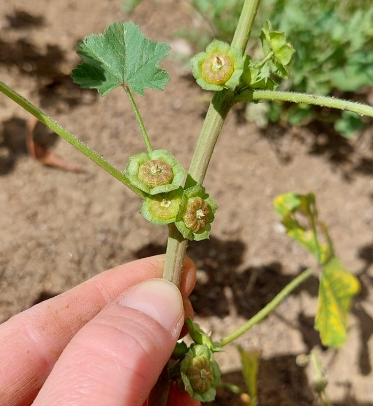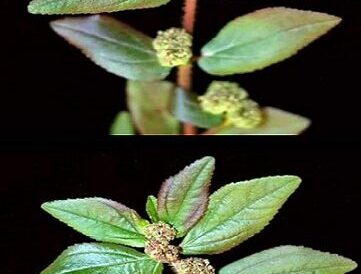Common mallow, scientifically known as Malva sylvestris, is a flowering plant that has been used for centuries in traditional medicine across various cultures. While often regarded as a common weed, this unassuming plant harbors a plethora of health benefits that are gradually gaining recognition in modern times. From its soothing properties to its potential medicinal applications, common mallow stands as a testament to the healing power of nature.
Nutritional Composition
One of the primary reasons behind the health benefits of common mallow lies in its rich nutritional profile. The plant is a good source of vitamins, particularly vitamin A, vitamin C, and various B vitamins. It also contains essential minerals such as calcium, potassium, magnesium, and iron. Moreover, common mallow is abundant in antioxidants, which play a crucial role in combating oxidative stress and reducing the risk of chronic diseases.
Digestive Health
Traditionally, common mallow has been used to alleviate various digestive issues. The plant contains mucilage, a sticky substance that becomes gel-like when mixed with water. This mucilage coats the digestive tract, providing a soothing effect on irritated mucous membranes. As a result, common mallow is often used to relieve symptoms of gastritis, indigestion, and acid reflux. Its gentle laxative properties also make it effective in easing constipation.
Anti-inflammatory and Antimicrobial Properties
Research suggests that common mallow possesses significant anti-inflammatory and antimicrobial properties. Studies have shown that extracts from the plant can inhibit the growth of certain bacteria and fungi, making it potentially useful in treating infections. Additionally, common mallow has been found to reduce inflammation in the body, which may help alleviate symptoms of inflammatory conditions such as arthritis and inflammatory bowel disease.
Respiratory Health
In traditional medicine, common mallow has been used to support respiratory health. The plant’s mucilage content can help soothe irritated throat tissues and alleviate coughing. Common mallow is also believed to have expectorant properties, meaning it can help loosen mucus and facilitate its expulsion from the respiratory tract. These qualities make common mallow a popular ingredient in herbal remedies for respiratory ailments like bronchitis and asthma.
Skin Care
Common mallow has a long history of use in skincare due to its emollient and anti-inflammatory properties. The mucilage found in the plant forms a protective barrier on the skin, helping to lock in moisture and prevent dryness. Additionally, common mallow contains compounds that may help reduce redness and irritation, making it beneficial for sensitive or inflamed skin conditions such as eczema and dermatitis.
How to Use Common Mallow
Common mallow can be consumed in various forms to reap its health benefits. The leaves and flowers can be brewed into a tea, which can be consumed hot or cold. Alternatively, common mallow extracts are available in supplement form, including capsules, tinctures, and powders. Additionally, the leaves can be eaten raw in salads or cooked as a nutritious vegetable.
Precautions and Considerations
While common mallow is generally considered safe for most people when consumed in moderate amounts, there are some precautions to keep in mind. Individuals who are pregnant, breastfeeding, or taking medication should consult with a healthcare professional before using common mallow therapeutically. Additionally, allergic reactions to common mallow are rare but possible, especially in individuals with known allergies to plants in the Malvaceae family.
In Conclusion
Common mallow may be commonly overlooked as a mere weed, but its potential health and medical benefits are not to be underestimated. From its soothing effects on the digestive system to its anti-inflammatory and antimicrobial properties, this humble plant offers a natural solution to a variety of health concerns. Whether brewed into a tea, applied topically, or consumed as a supplement, common mallow has much to offer those seeking to harness the healing power of nature.




